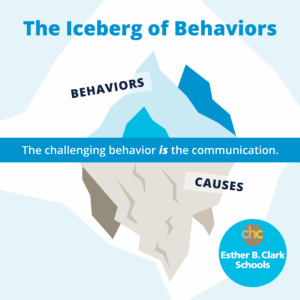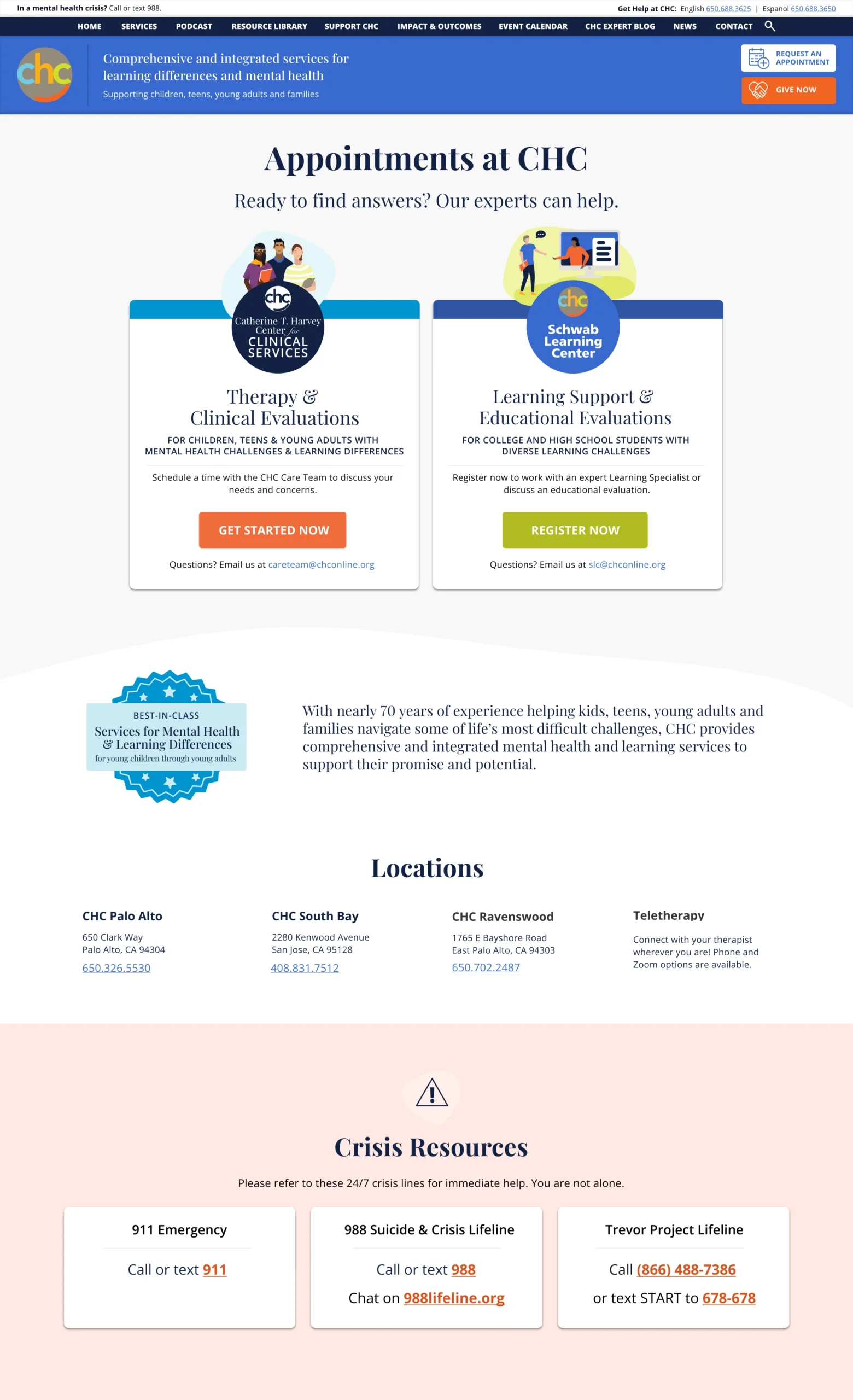Picture this: It’s 4 AM, and a mother is attempting to make an appointment for her uncontrollable child to be evaluated for their behavior. She is managing the child who is flailing and screaming. The mother’s heart is racing, her mind is spinning, and she has turned to Google for help. She lands on a behavioral healthcare website hoping to find support, but instead encounters a maze of confusing webpages and a confusing signup process. Next, she experiences a panic attack and pauses her attempt to find help. What started as seeking help has now amplified her distress and delayed the family from seeking necessary care.
Similar scenarios play out daily across many healthcare websites. When people visit these sites — whether to book an appointment, seek crisis support, or find answers to urgent health questions — they’re often already in a heightened emotional state. The design choices we make as web designers don’t just affect brand awareness, lead generation or usability; they can directly impact someone’s emotional regulation and well-being while interacting with the website.




